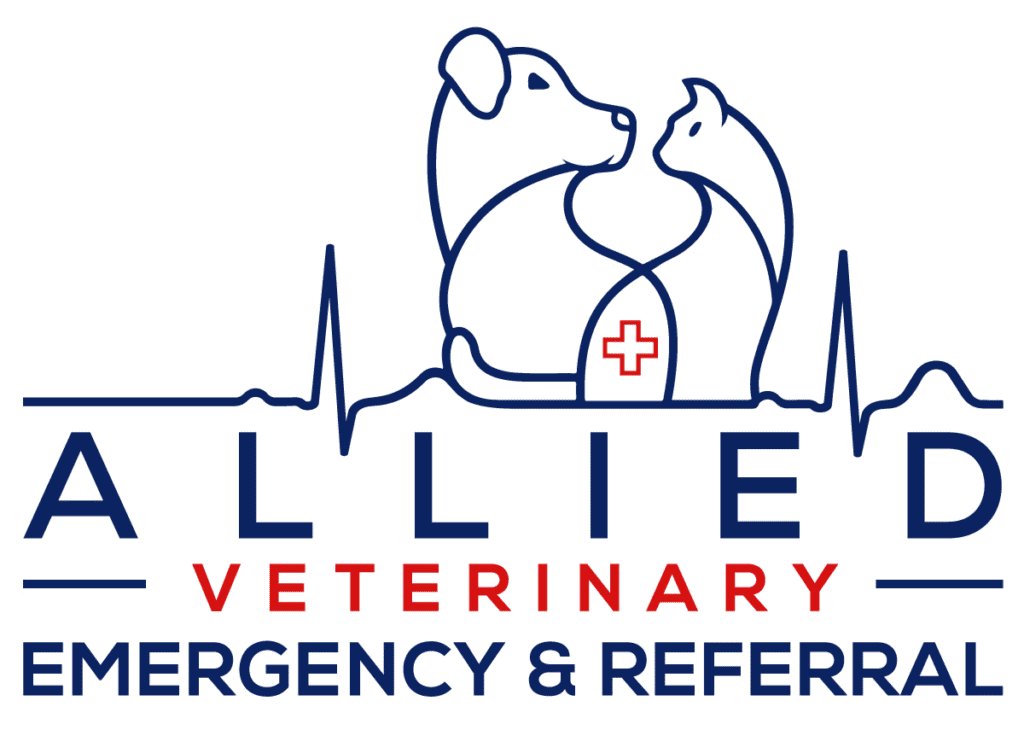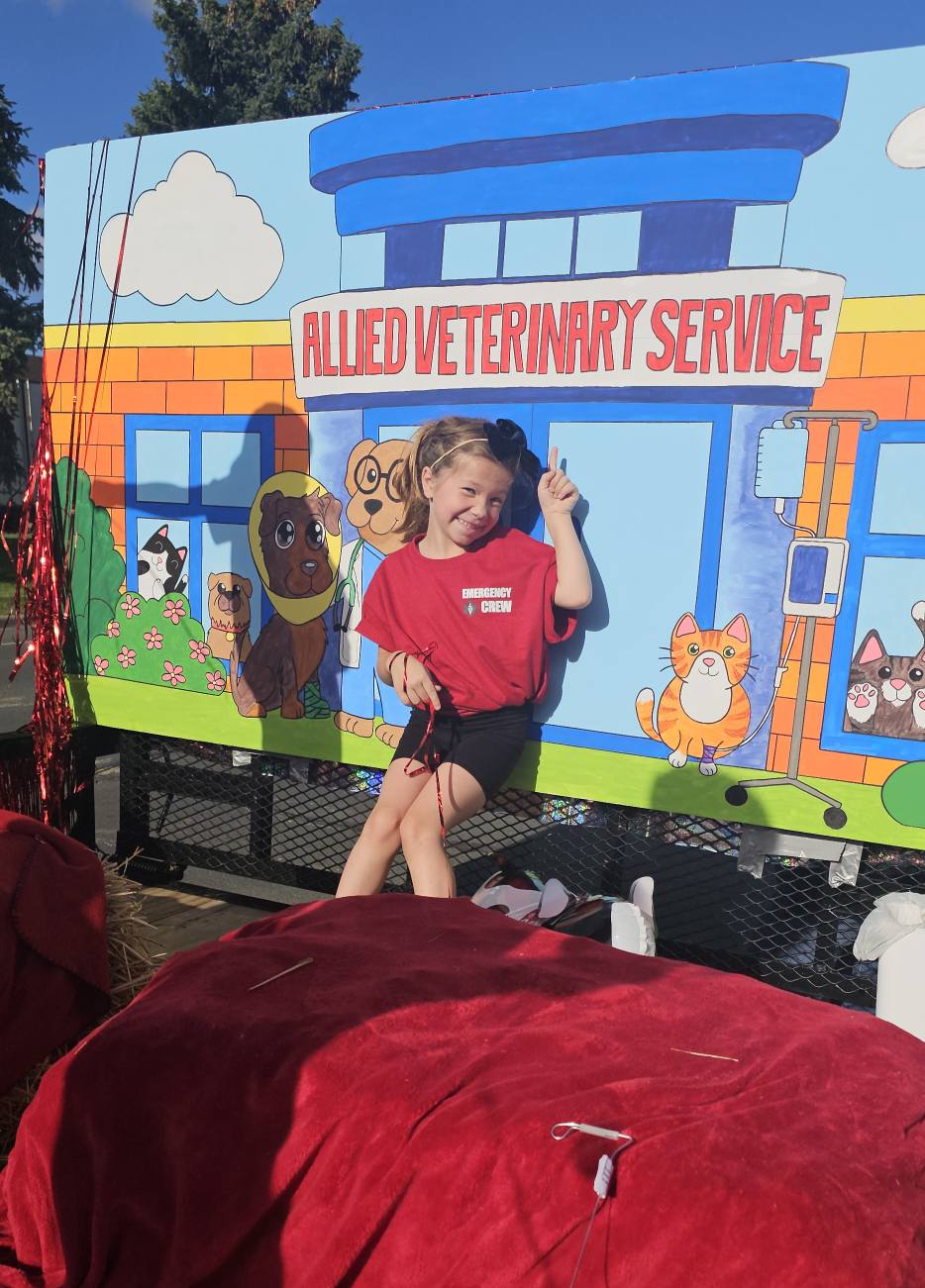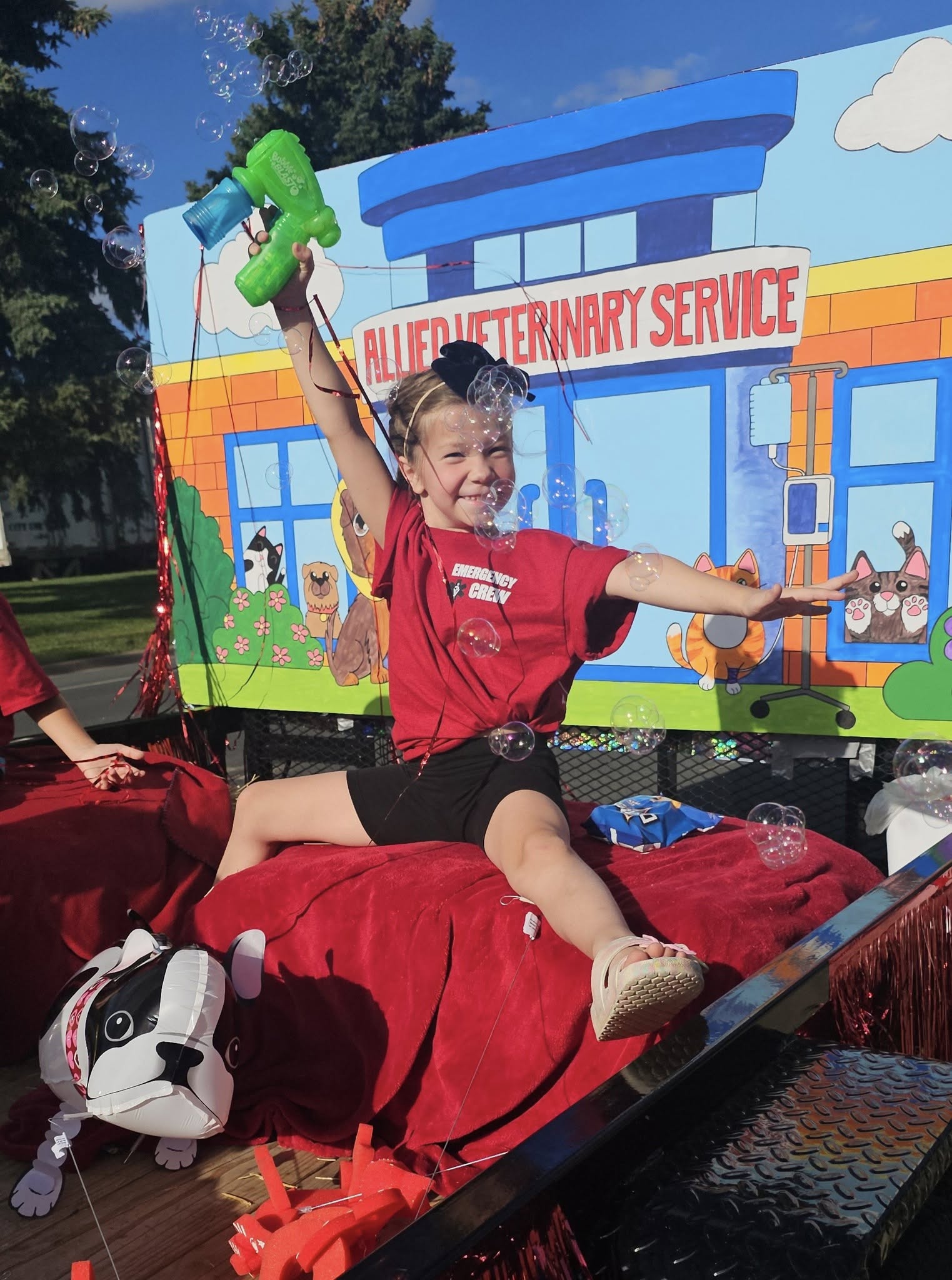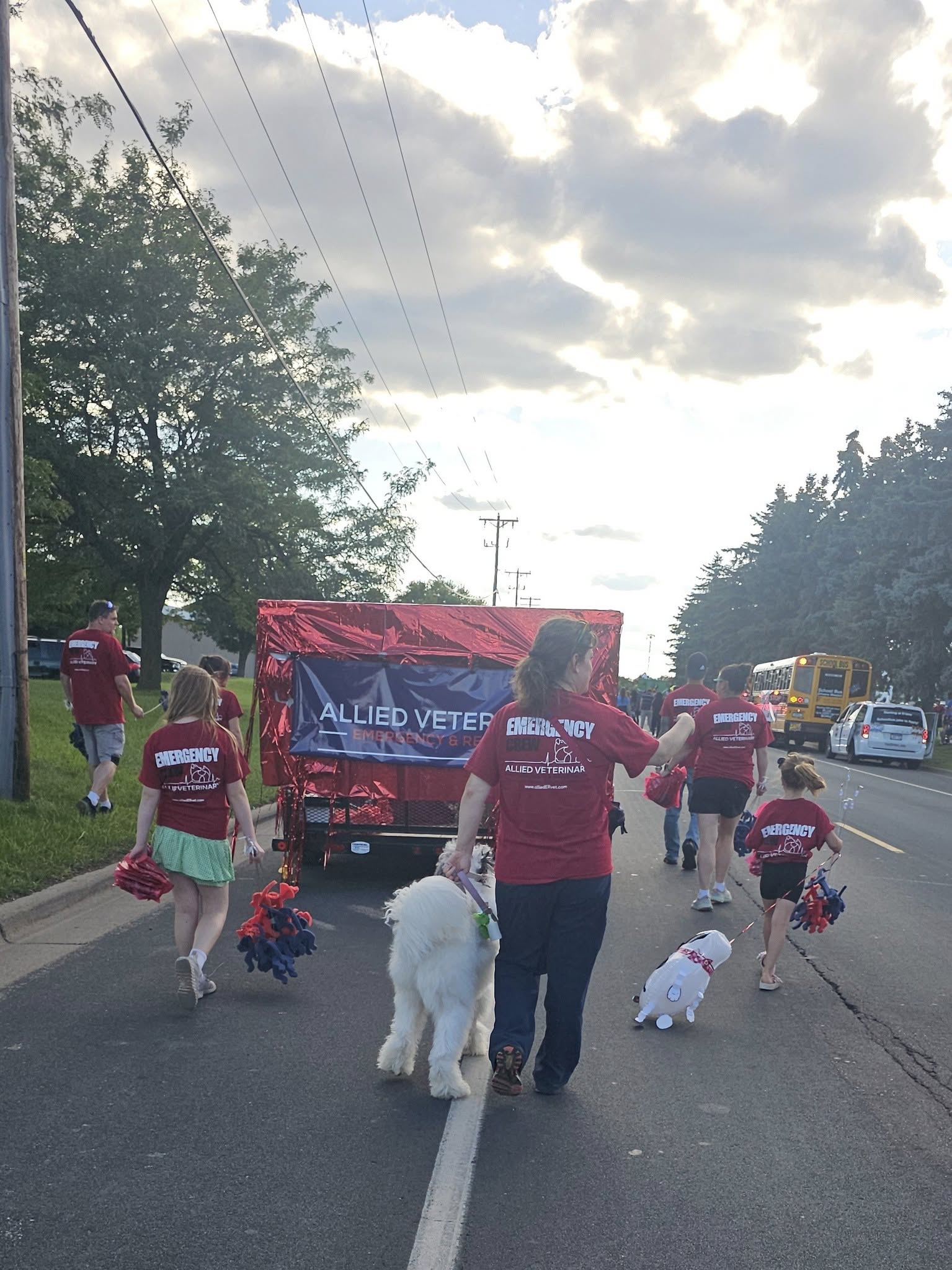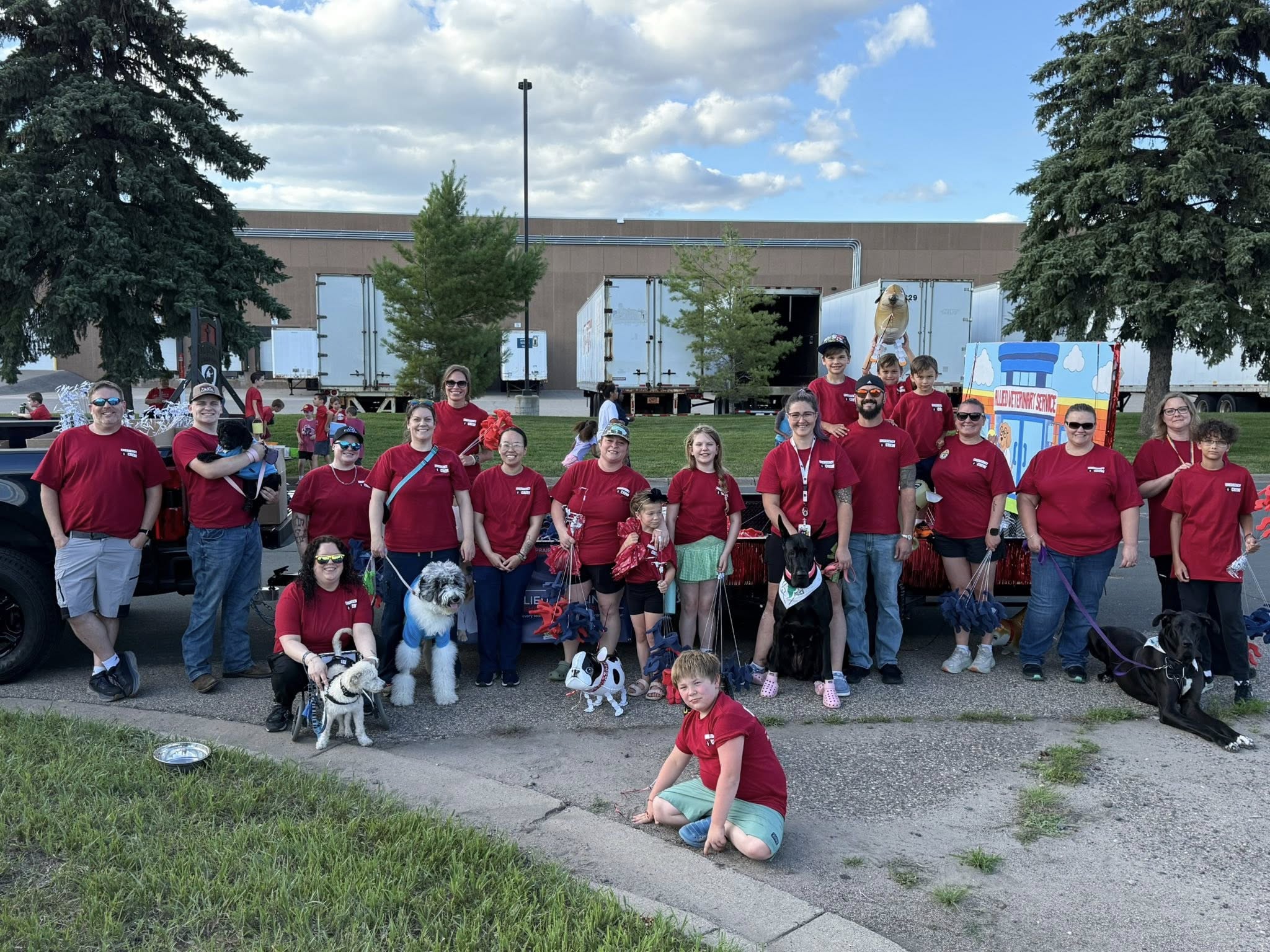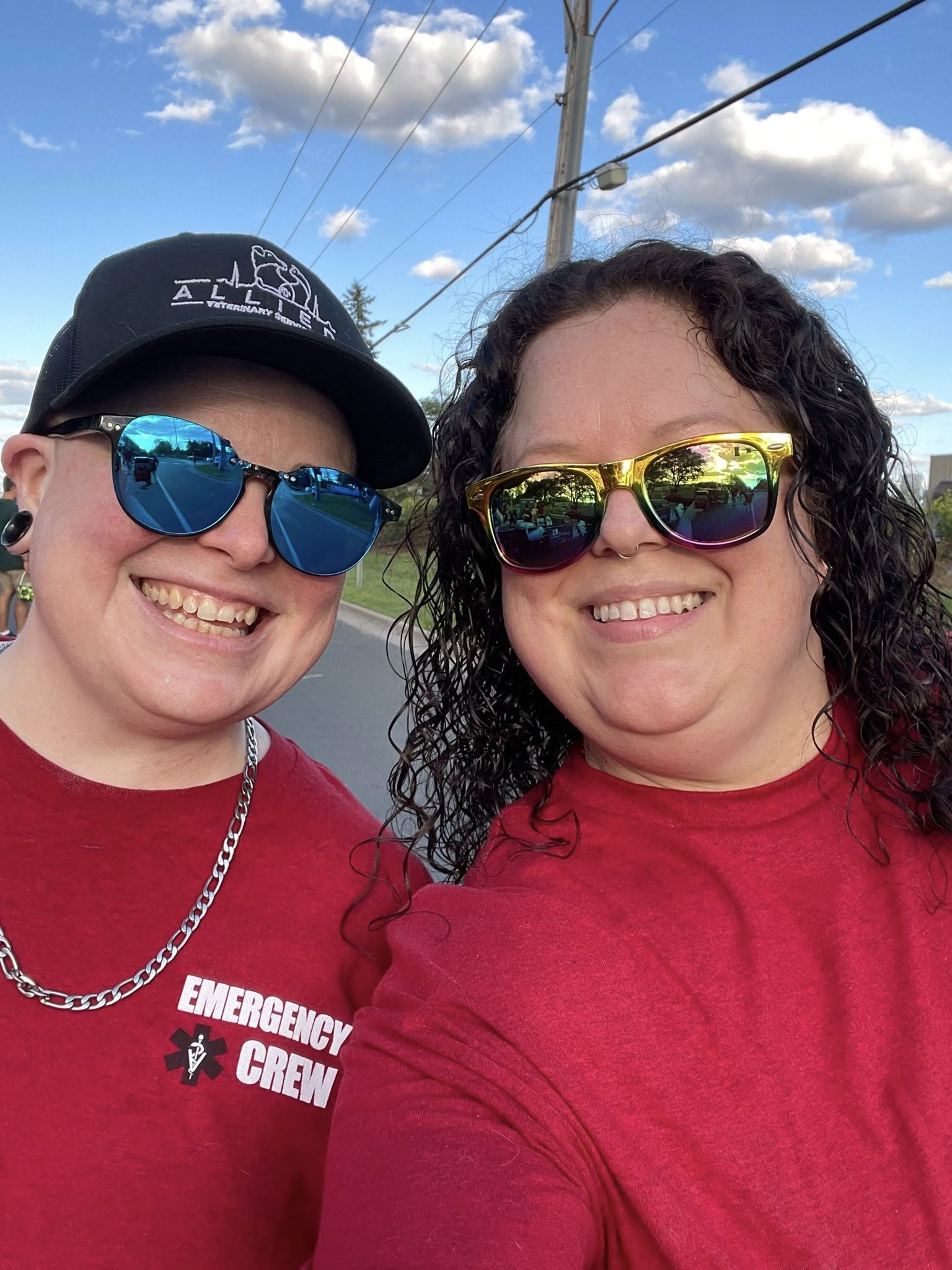We are thrilled to welcome Dr. Leah Richter to our Brooklyn Park hospital. Dr. Richter recently completed her residency in Emergency and Critical Care at the University of Minnesota and is on the path to becoming a Diplomate of the American College of Veterinary Emergency and Critical Care.
Her advanced training strengthens our ability to manage the most complex and unstable cases. In addition to caring for our most critical patients, Dr. Richter will collaborate with referring veterinarians, oversee hospitalized patients, and support continuing education for our partners in the veterinary community.
With Dr. Richter’s expertise, Allied is proud to offer an even higher level of 24/7 emergency and critical care for pets and the people who love them.

Our Expansion Continues: City Planners and Contractors Have their Own Sense of Time

Rochester – We’re in the permit process for construction on our new location and you know how long that can take. The goal is to move into our own building as soon as we can and expand hours to 24/7 just like our 4 other hospitals. We’ll keep you posted.
For now, we can be found at 205 S Main Street, Stewartville, MN 55976.
You can reach us at (507) 900-5600 and rochester@alliedERvet.com.
Having Fun While Supporting our Community
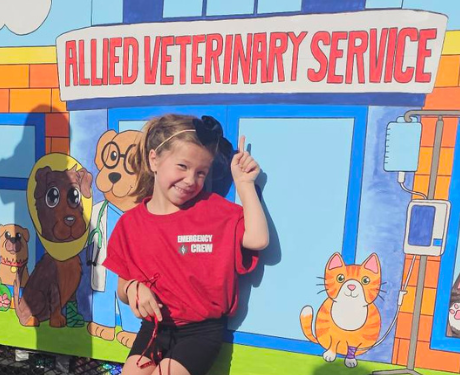
We had so much fun at the Maple Grove Days Parade where a whole slew of our team from Brooklyn Park participated along with their furry friends. Here are some pictures and a great video taken by the parade organizers.
We’re Looking Forward to Savoring the End of Summer – How About You?
Heading to the Minnesota State Fair?
Or what about the Renaissance Fair? – especially Woofstock Aug 30-Sept 1.
Our recommendation: Indulge in one final hurrah with a taste of fair food, games, rides, costumes, art shows, themed events, competitions, livestock, live music, shopping, craft beverages – and most of all – FUN!
Hope to see some of you there.
DVM Q&A: Any Advice for Helping Our Veterinary Technicians Gain Confidence with Dosing?
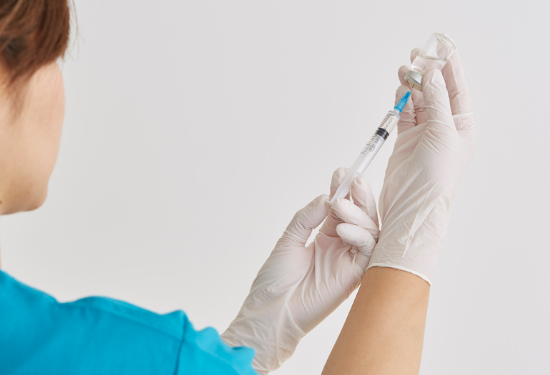
Note: This month’s ERDVM Q&A covers our Tech Tip of the Month too.
Here are essential tips for technicians to enhance accuracy and safety when dosing:
1. Mastering drug calculations
- Understand the basics: The fundamental formula for calculating dosages is: Volume (mL) = (Weight (kg) × Dose (mg/kg)) ÷ Concentration (mg/mL).
- Unit conversion: Be comfortable converting between different units (e.g., pounds to kilograms by dividing by 2.2, mcg to mg by dividing by 1000, and g to mg by multiplying by 1000).
- Practice makes perfect: Regularly review and practice calculations to build confidence and accuracy.
- Double-check: Always double-check your calculations, especially for crucial medications or controlled substances.
2. The 5 rights of medication administration
This framework is crucial for preventing medication errors:
- Right Patient: Always verify the patient’s identity using neck bands, cage cards, and other identification methods.
- Right Medication: Double-check the medication name and label against the treatment sheet or prescription, advises VETgirl. Watch out for sound-alike and look-alike drugs.
- Right Dose: Verify the calculated dosage and ensure consistency in units (pounds or kilograms).
- Right Route: Confirm the intended administration route (e.g., oral, intravenous, subcutaneous) and any specific considerations (e.g., NPO status).
- Right Time: Ensure the medication is given according to the prescribed frequency and interval, and document the administration time.
3. Syringe preparation and administration
- Choose the right size: Select a syringe that accommodates the required volume accurately.
- Handle carefully: Ensure the needle is securely attached to the syringe, and break the plunger’s seal before drawing up the medication.
- Minimize bubbles: Expel air bubbles from the syringe to prevent inaccurate dosing.
- Mix appropriately: Invert the syringe multiple times for proper mixing, especially with suspensions.
- Proper technique: Administer injections following the appropriate technique for the chosen route (e.g., subcutaneous injection technique described by Summit Animal Hospital involves tenting the skin, inserting the needle at a 45-degree angle, and administering the medication slowly).
- Aspirate (where appropriate): Always aspirate to check for blood before injecting medication, particularly for nerve blocks.
4. Addressing common challenges
- Distractions: Minimize interruptions when handling medications. Studies in human medicine have shown that wearing an orange vest can reduce interruptions and improve medication error rates, according to The Veterinary Idealist.
- Difficult patients: Approach anxious or fearful pets calmly and with positive reinforcement. Consider alternative forms of medication if oral administration is difficult.
- Look-alike/sound-alike drugs: Separate these medications in the clinic’s inventory and use tall man lettering and warning labels to differentiate them.
5. Documentation and communication
- Accurate records: Meticulously document all aspects of medication administration, including the drug name, dose, route, time, and your initials.
- Clear communication: Communicate effectively with veterinarians and clients regarding medication orders, potential side effects, and recheck schedules.
- Utilize client handouts: Provide clients with clear, concise instructions on medication administration and storage, such as those provided by Plumb’s™ drug handouts, according to Plumb’s.
6. Safety precautions
- Protect yourself: Wash your hands before and after handling medications, and wear gloves if necessary.
- Proper storage: Store medications securely and away from pets and children, following recommended temperature and humidity guidelines, advises the FDA.
- Safe disposal: Properly dispose of expired or unwanted medications by following FDA guidelines or using drug take-back programs.
By consistently implementing these tips, veterinary technicians can contribute significantly to patient safety and positive treatment outcomes.
